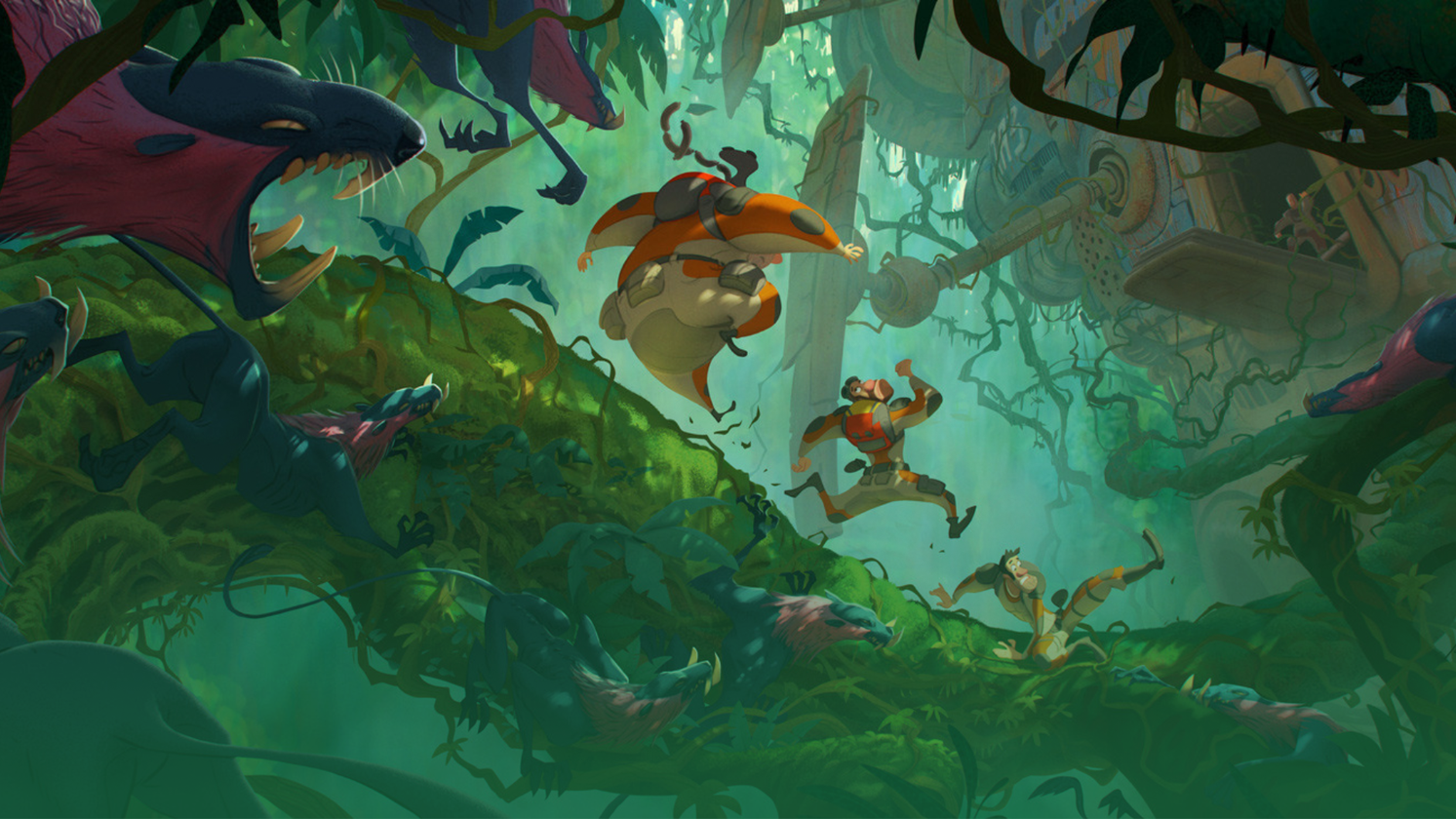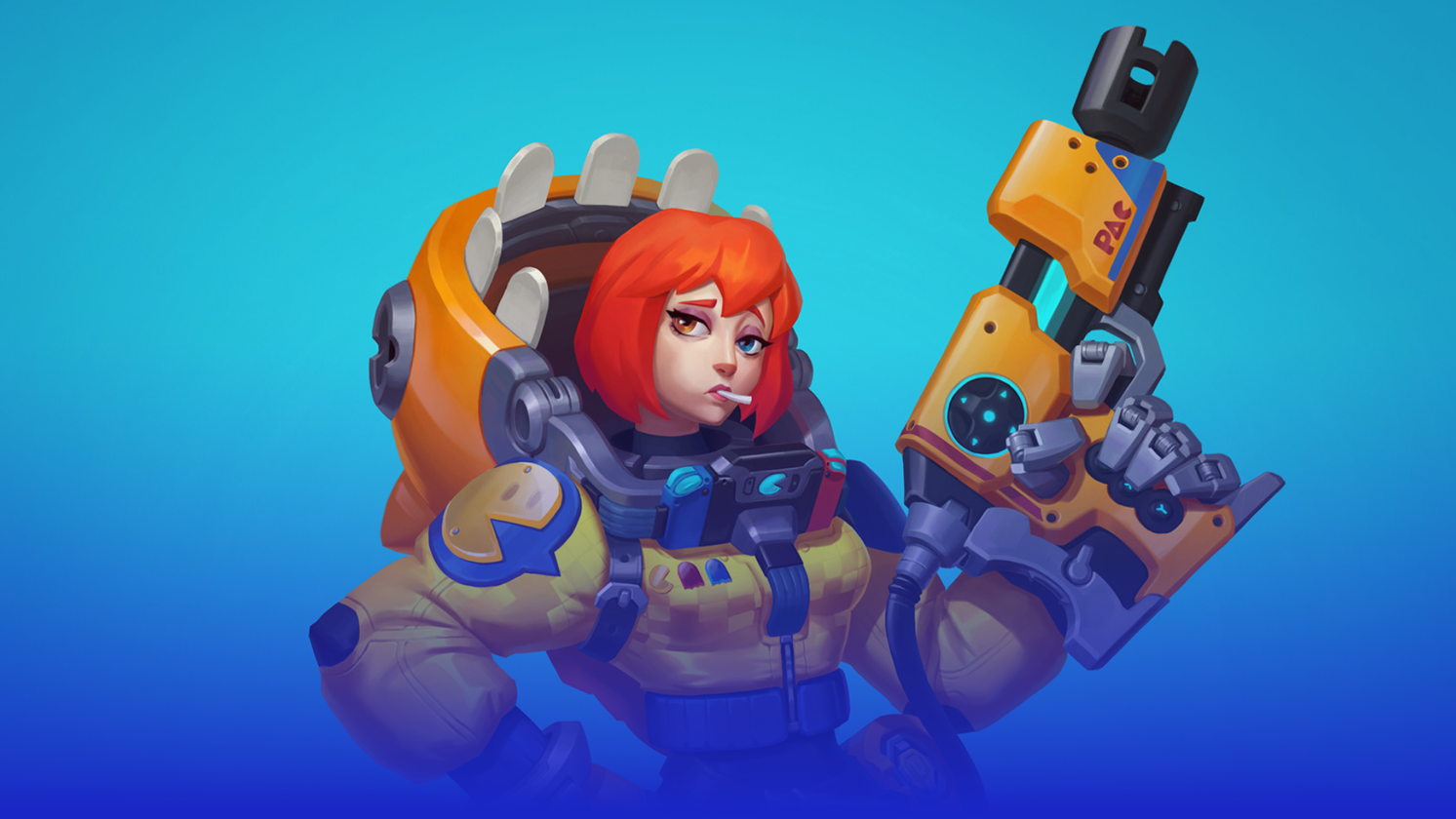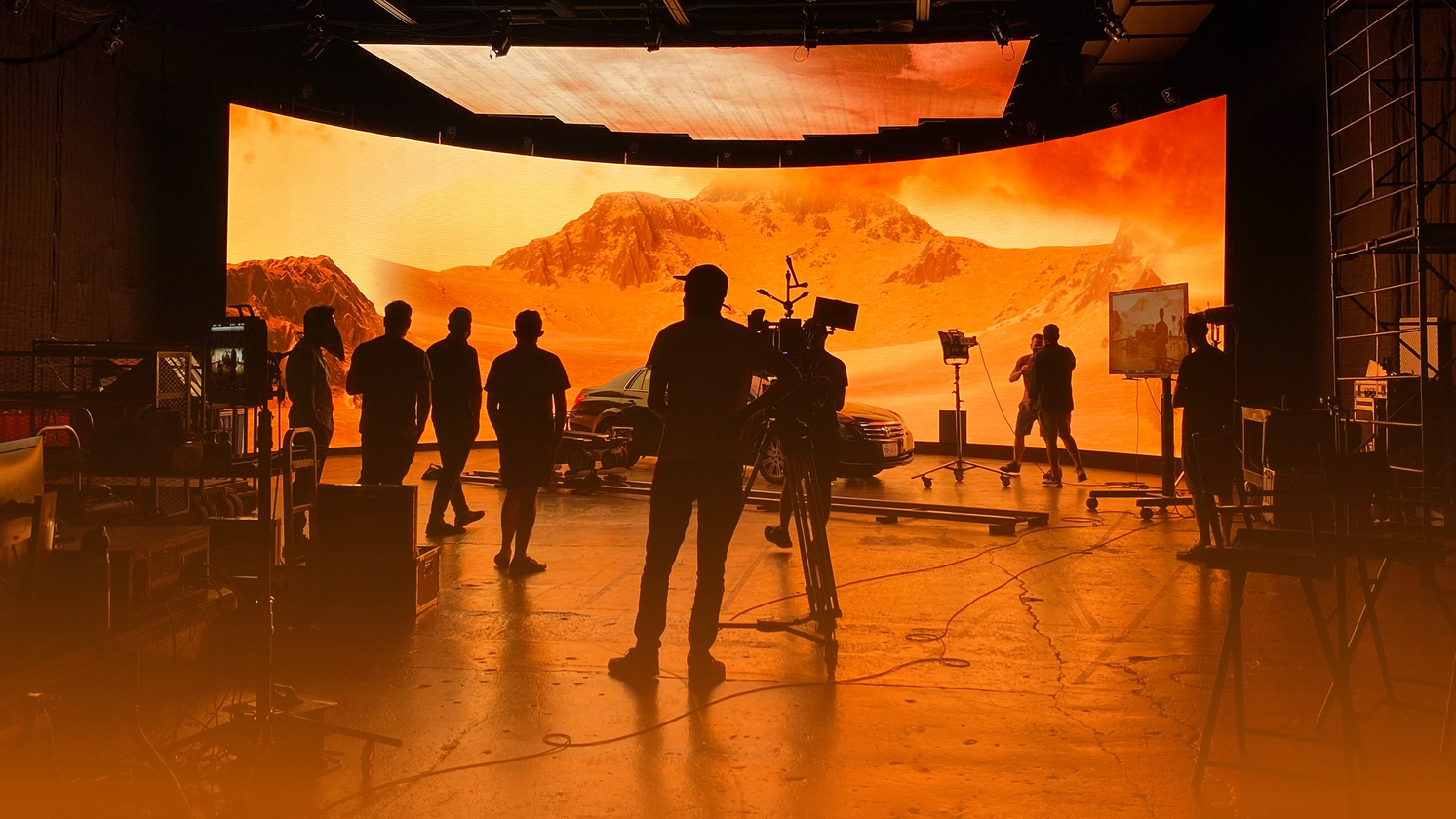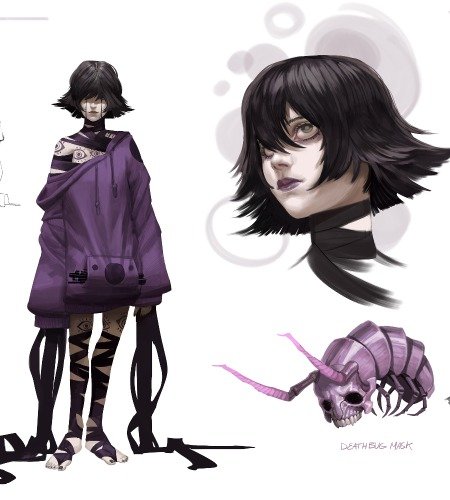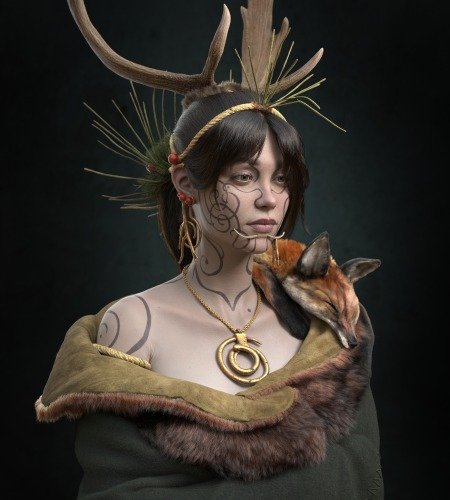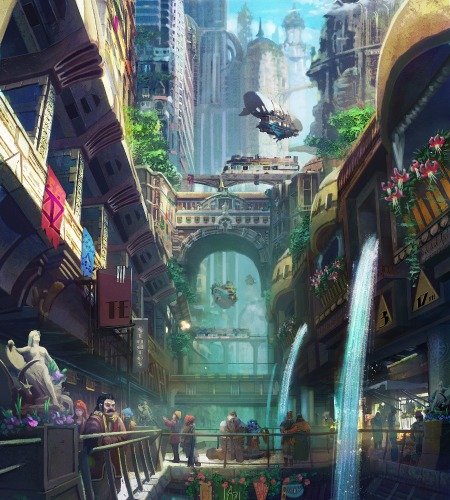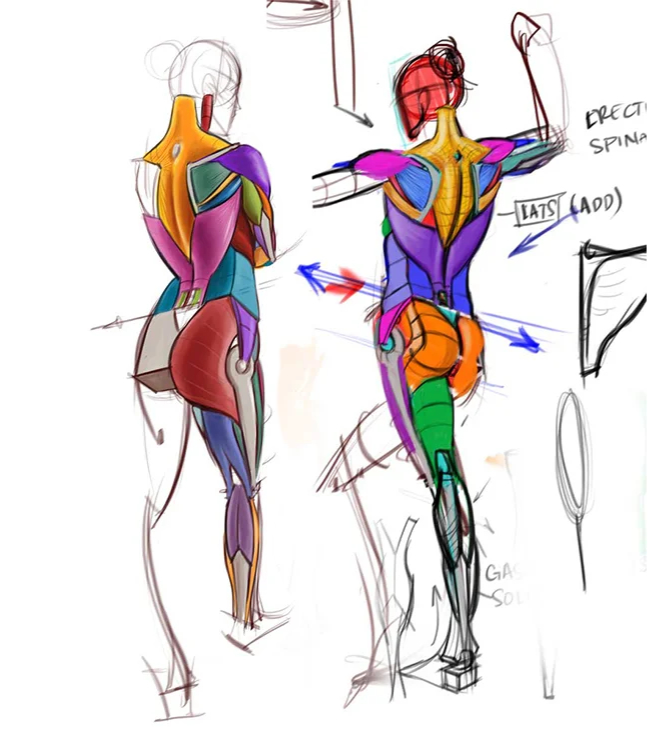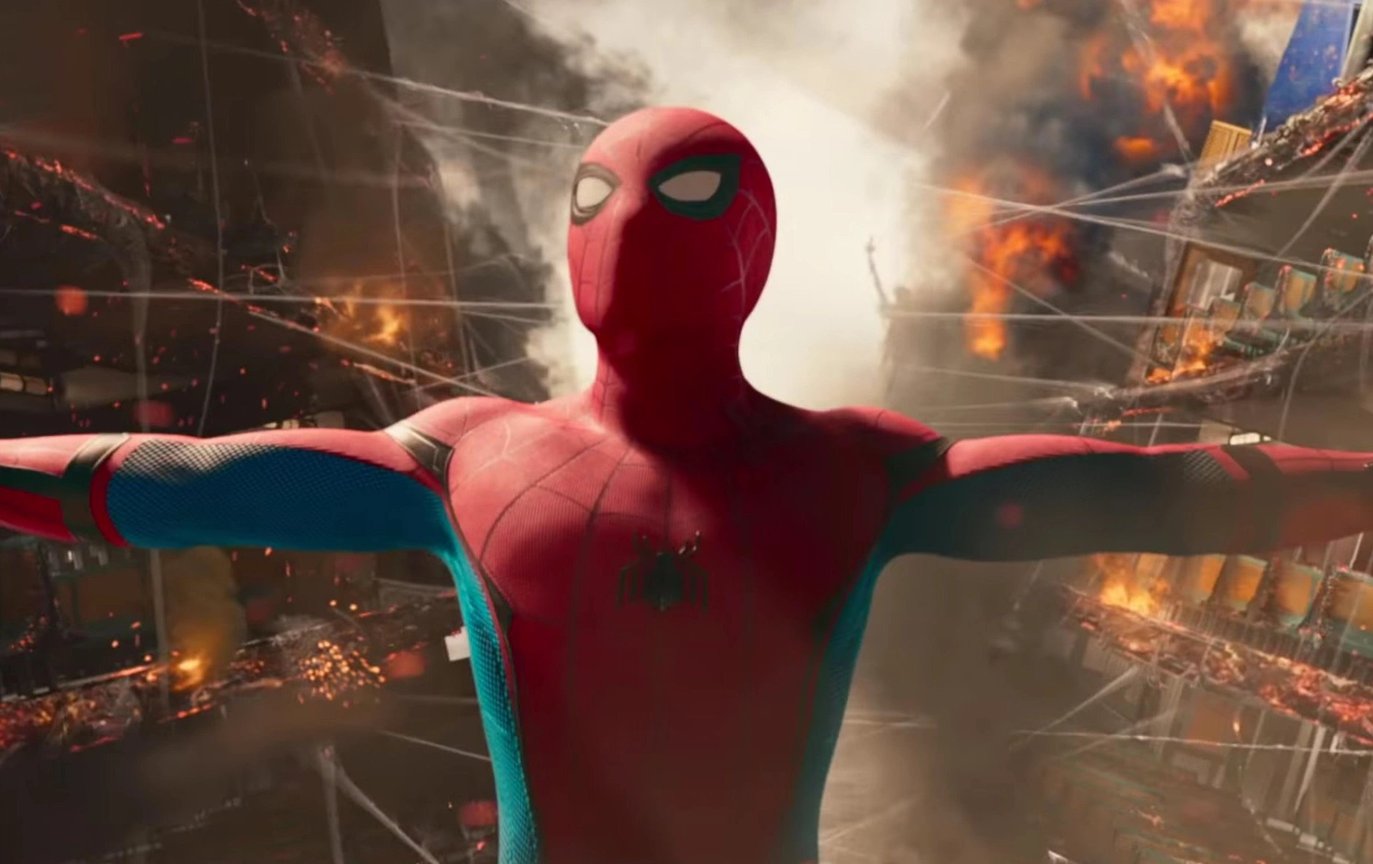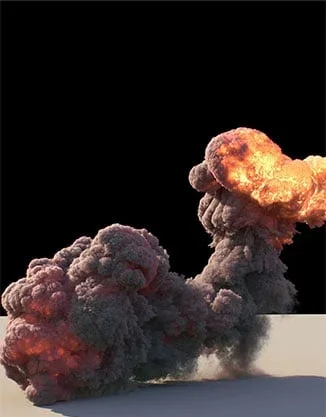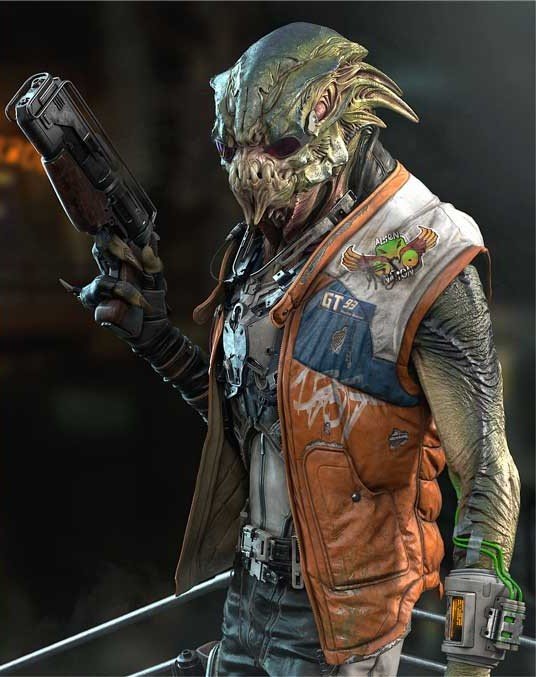Creating a Hand-Painted Dwarven Feast Hall
Angus McMeekin did a breakdown of his project Wildhammer Feast Hall made with 3ds Max, ZBrush, and Photoshop during his studies at CGMA.
Introduction
Hi, my name is Angus McMeekin and I’m a 3D artist specializing in stylized art. I was born and raised in Scotland for most of my early life but I now live in Brisbane, Australia. I’ve been making 3D art for about 5 years, although I didn’t get really involved until about 3 years ago. I’d say my love for stylized art came before my interest in 3D art. I’d always been glued to video games from a young age and upon reflection, I can say I was more drawn to stylized art in all forms of media, be it comics, cartoons, or games. Some of my favourites were Crash Bandicoot, Ratchet & Clank, and World of Warcraft. From about halfway through high school I had a good idea that I wanted to work in games but it wasn’t until I actually started studying game development that I connected the two interests of stylized art and video games, and began focusing on stylized 3D art. Now that I look back at it, I can’t see myself doing anything else. Currently, I’m busy working away on personal projects, mostly environments/props, and looking for work!

Education
I’d finished university and was pretty disappointed with what had been offered in terms of professional feedback. I’d also been making hand-painted assets for the majority of my stylized art portfolio but I felt the progress I was making, if any, was very small. I was consistently making flaws such as muddy textures and sloppy brushwork. It felt like there was a barrier that I just wasn’t able to cross and I felt the best way for me to overcome it was to revisit the fundamentals of hand-painting and revitalize my skillset. I’d tried a few tutorials before but none had helped as much as I had hoped. I came across a CGMA study group in the Handpainters Guild Discord group that discussed the ‘Creating Stylized Game Assets‘ course. The discussions and work being showcased really stood out to me and there were clear improvements being shown. Also, the class was held by Ashleigh Warner, a prop artist at Blizzard Entertainment, working on World of Warcraft. Ashleigh stood out to me as an amazing teacher, her work was fantastic and the prospect of being able to receive feedback from someone with professional experience and such a good understanding of hand-painted texturing was what had me the most interested.




Wildhammer Feast Hall: Inspiration
There’s something about the Dwarven culture in fantasy that I just love. The Wildhammer clan felt like a sort of sub-genre of the culture that seemed relatively unexplored, with the last major zone related to them, the Twilight Highlands, being released back in 2010 as part of the Cataclysm expansion. It’s a beautiful zone and the Wildhammers have such a fun and unique style. The main Dwarven culture (the Bronzebeard clan) is more focused on snowy mountains, grand halls of stone, and angular designs.
The Wildhammers, however, live in smaller hilly regions in small, grass-topped, almost burrow-style homes, somewhat akin to Hobbits in the Lord of the Rings. Their architecture also uses much more wood, cobbled stone, and extensive gryphon imagery as opposed to the Bronzebeards heavy use of stone, primarily in large blocks, and ram imagery. I felt like these differences could be explored even further to a level that you see in the newer cultures within WoW, where every culture has its own custom-made props. There are certainly some interesting designs that existed but I felt there was so much more to be explored. So, I started by exploring the Wildhammer areas and taking plenty of screenshots to understand their culture as best as I could. I think this concept art from the Cataclysm game manual best illustrates the key elements of what makes up the Wildhammer culture. I noted the arced shaped beams of the roofs and the split logs that uphold them, the sloping pillars, the stone brickwork, the gryphon imagery, the Celtic-inspired patterns, and the mossy/grassy exteriors as key design elements. You can also see many of these elements in the houses in-game.


With these all in mind, I wanted to design an environment that captured the wild, drunken, and proud energy of the Dwarven culture. What better way to capture this than a Dwarven feast? I created the concept using what I had learned, I’m no master at sketching up concepts but as long as you can get the idea across, I don’t think it matters much.
A goal of the environment was to feature some sort of ‘Hero Prop’, something unique that acts as a centrepiece and grabs the viewer’s attention. I decided upon an unlucky, recently deceased Boar that had been hunted in true Wildhammer fashion, by Gryphon Riders, Hence the spears atop its back and the large axe embedded in its skull by a descending rider. They also serve as lines of action, helping to guide the viewer’s eye back down towards the boar. The boar is then laid atop the feast table, honouring the prize of the hunt in true, wild dwarven fashion. I wanted to capture the somewhat comical elements often seen in WoW so I presented it in a goofy way with its crossed eyes and outstretched tongue.

Modeling the Scene
I blocked out the majority of my props in 3ds Max. A lot of the details in hand-painted works can come from the textures so it’s all quite low poly, with the majority of the tri-count coming from the boar. A good rule of thumb is to add geo when it will affect your silhouette, so I’ll add loops anywhere it can help me exaggerate proportions. An example of this is where my pillars flare out towards the bottom.

I’m always trying to speed the creation process up so I use plenty of symmetry and object instancing. This also comes in handy for texturing as I can stack faces during the UV unwrap process so as to share texture space, allowing me to paint less while providing more texture resolution. Note the table and chairs as an example. The chair is actually just three unique objects repeated to make one, the armrest, one single plank, and two feet. The table is one plank repeated and flipped to break up repetition along with one leg and a supporting beam. The split log that runs through the middle is just the same log used on the bench!


For the walls and floor, I used planes. The wall has a few cuts in it and is curved to emulate the curved roofs seen in the Wildhammer architecture. These are then textured using a combination of tiling textures that I blend together in Photoshop using masks. Again, this is a great time-saver. Instead of texturing the whole wall uniquely, I can use a tiling stone texture to quickly cover a large area then break up repetition by blending in moss. To blend them together I used masks in Photoshop. I overlay the entire texture with tileable moss, mask it all out then remove the mask in the cracks and areas that I want to reveal the moss.

Although I blocked out a low-poly boar in 3ds Max, it was purely for scale and reference on proportions for when I wanted to sculpt out my boar in ZBrush. I start low detail using methods similar to those in traditional 2D drawing, working in simple shapes to block out a character’s anatomy. Using mostly spheres and appendages, I apply the move brush to push and pull until I have a silhouette that I like. I keep all my objects separate until I have a rough blockout that I’m happy with. I do this as it’s much easier to move shapes about without breaking the overall structure of your blockout. I’ll slowly increase subdivisions, using pinch and detail brushes to define the silhouette more, see the boar’s snout as an example.

With my blockout complete I use dynamesh to combine my shapes into one single mesh. From here it’s just a matter of slowly adding details, starting from large then progressing to small. Some of my favourite brushes are Shane Olson’s brushes that he gives away for free over on his 3D Character Workshop website, along with his Custom UI. I’ll use the pinch and detail brushes that are included for a large majority of my details. For the fur of my boar, I used some IMM and fur brushes from the ArtStation marketplace. I used the IMM brushes sparsely as they can make retopology tricky, opting to add just a few on the front of the boar to simulate some big bushy eyebrows. The fur brushes just affect the surface of my model so I can easily bake those details into the texture instead. Once I’m happy I just retopologize and UV unwrap in 3D Coat.

Painting Textures
I baked out an AO, Curvature, Normals, and Diffuse Lighting maps in Marmoset Toolbag and combined them to create a base texture for my low-poly boar. I then applied paint on top of this using an overlay layer to get some colour blocked out. From here it’s all hand-painting.

I clean up any baking errors and again start with the major details, painting in any details that weren’t part of my bakes or weren’t covered by my gradient map, e.g. the eye colour. The process from here is the same for the rest of my regular low-poly props: blocking in base colours, adding major details, then colour variation and highlights. I also like to add overlay layers to quickly brighten or darken certain faces more or less affected by light. See the shield texture as an example (before and after):

For certain surfaces such as the stone, I like to use the brushes Ashleigh provides as part of the course. Anything with a charcoal style texture works great for rock. Other than that, I mostly just use the regular old hard-edge brush and the smudge brush with a nice sort of chalky texture to blend colours. I set out a colour scheme early on in my concept using Gamut masks. This helps lock me down to certain colours and retain a harmonious colour scheme. I wanted my environment to look warm from the candlelight so this was vital to retaining that look.

Details and Patterns
I created the interweaving pattern of the pillars using symmetry in 3D Coat. I first paint out the lines not worrying about how they will weave in and out one another. Once I’ve got a pattern, I go back and erase certain parts where they intersect to create the illusion of them passing over and under one another. With the pattern sorted, I do a final pass and apply the usual process of adding shading, colour variation, and highlights. And I used the same process for the shield! Painting out a nice pattern, removing intersections, and polishing up by erasing away at parts where the paint has flaked away from battle. The axe is a really simple model. I didn’t want to make it overly complex or it may have drawn attention away from the boar. I just needed it to help tell the story.
Vegetation
Vegetation can be tricky as it can end up looking pretty flat or out of place sometimes. I actually created the texture for the foliage before the model. This way you can focus on the shape of your foliage beforehand and worry about geometry restrictions later. I started with a regular Photoshop document, painting out the various plant types I wanted around my scene – leaves, mossy clumps, ferns, and blades of grass – keeping it all pretty low detail and painterly. It’s all really small so you don’t want the texture to be overly noisy, just enough shading to give it some depth. With the texture complete I apply an alpha channel and place it on a plane in 3ds Max. Using the cut tool, I cut shapes around each plant object that will allow me to add some depth. I then shape these cut-out objects by pulling and moving the verts and edges to better reflect the curves of the plant!

Lighting
I used Sketchfab for my lighting as I really like the tools and post-processing options it has available. I placed two nice warm orange point lights in each of the candle lanterns to help cast light in all directions. These didn’t reach quite as far as I liked so I also added a spotlight in front of the central lantern that shone down upon the table and boar. This helped to really illuminate the boar with that nice warm lighting and again, focusing attention on it. The boar, however, was blending into the background a bit too much and the light wasn’t catching the boar as well I wanted it too. So, a workaround for this was creating an artificial rim light. I did this by taking the boar’s geometry, applying a push modifier in 3ds Max (this nudges all the geometry slightly in the direction of its normals), flipping the normals, and deleting the front-facing geometry that would receive any rim lighting. I then apply a nice yellowy-orange emissive texture to it to really help it glow. This worked wonders in making the boar really pop out from the scene. Lastly, I applied speculars to all my metal surfaces, this helped to really catch the orange light and give them that nice shiny look.


Afterword
For me, the hardest part of the production process was taking everything I’d made and balancing it to work together. Sometimes, your colour values can all blend together and nothing really stands out or you can be on the other end of the spectrum and nothing looks like it fits together. It can all really come together in the end with just small touches and I think this is what makes art so difficult at times. You’ve really got to stick it through and keep pushing and chipping away at it and eventually it will work.
Ashleigh was vital in helping me learn to identify issues in my art. She helped by not only pointing out textures that could be pushed further but how to push them further. I think this sort of feedback is what makes the CGMA course so great and it is what I had been missing out on in the online tutorials I had done before.
If I were to go back and enhance the scene further, I’d likely keep working away on some of the textures. It’s one of those things that you could keep poking away at, adding small details and highlights. Ultimately, I only have so much time though! I’m happy with how it turned out and looking forward to applying all I learnt from the course in my future projects. The course really helped to bring out my love for making environments/props so I’m going to keep working on those in my personal projects. Hopefully, I will have more fun artwork to share in the near future as I continue to look for work!
You can see more of my work over on my


